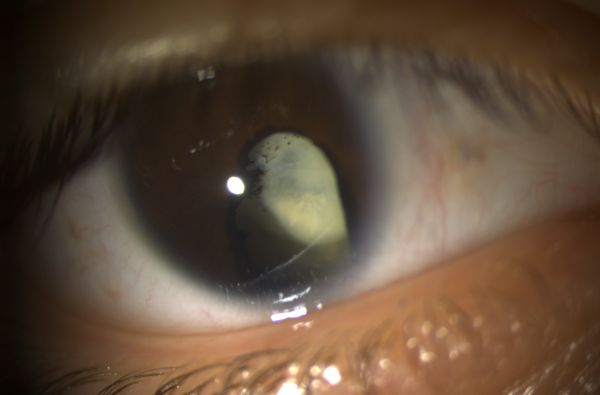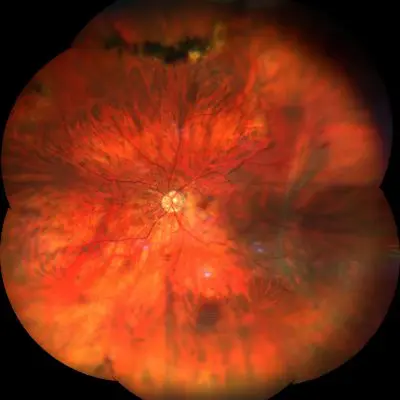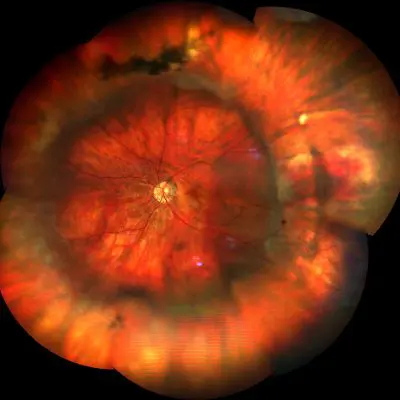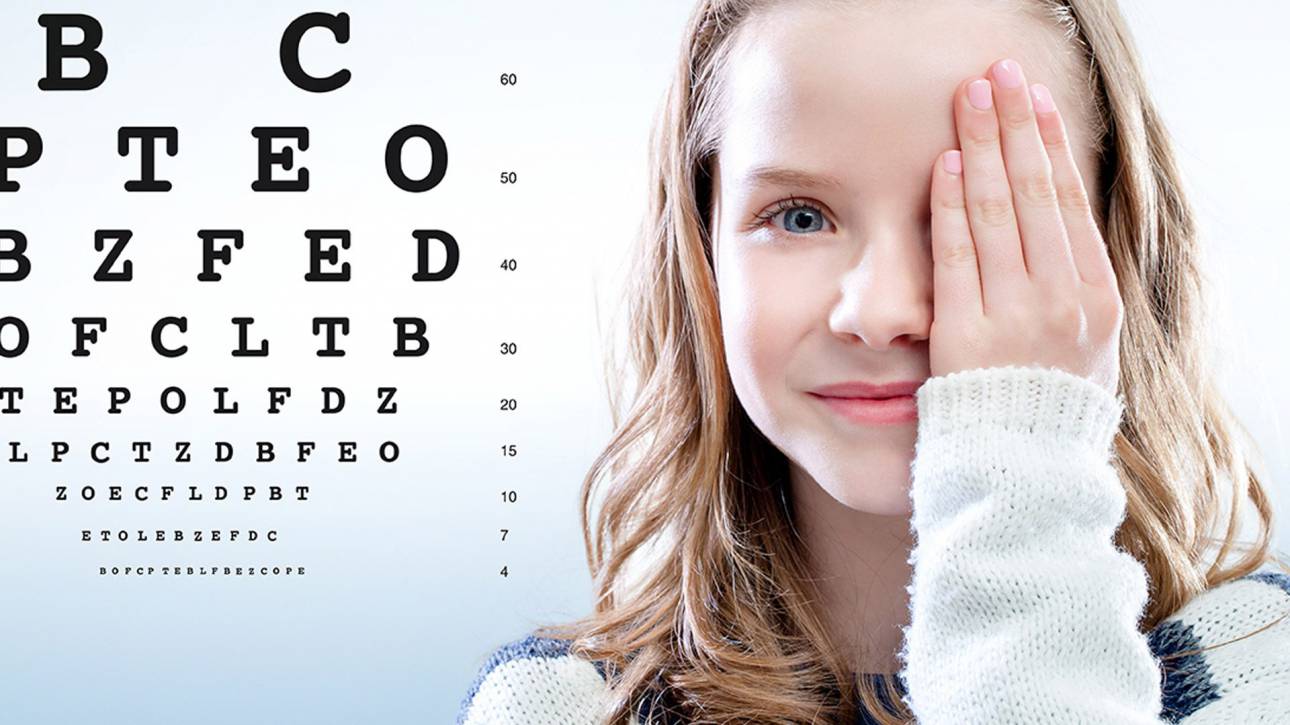Index
Cataract is an ocular pathology characterized by the loss of transparency of the crystalline, whose opacification is a physiological phenomenon commonly related to aging.
In some cases, cataracts occur in newborns under the name of congenital cataract, whose incidence is 3: 10.000 live births and in two thirds of cases it is bilateral. Congenital cataracts develop in newborns for many reasons which can include hereditary tendencies, infections, metabolic problems, diabetes, trauma, inflammation, or drug reactions.

Many systemic pediatric conditions can be associated with the presence of congenital cataracts: among these the galactosemia, Lowe's syndrome (oculocerebrorenal), hypoparathyroidism, the pseudohypoparathyroidism, mannosidase, Fabry disease, hypoglycemia e hyperglycemia.
The mainly involved intrauterine infections are rubella, toxoplasmosis, chicken pox, Cytomegalovirus and Herpes Simplex virus infections contracted during intrauterine life.
Chromosomal abnormalities such as Down syndrome, Patau and Edwards syndrome and skeletal syndromes such as Hallermann-Streiff-François and Nance-Horan syndrome are also involved.
Diagnosis
Without early intervention, depending on the degree of opacification of the lens, congenital cataracts can cause severe visual impairment or cause amblyopia, the so-called "lazy eye" which permanently prevents the patient from achieving clear vision. This condition can also lead to other problems such as nystagmus, strabismus and the absence of central fixation.
Such conditions can profoundly affect a child's learning ability and personality. An early diagnosis is therefore essential to avoid these serious complications. Despite the impossibility of making an objective assessment of the visual defect in infants, the density and potential impact on visual acuity are mainly assessed based on the appearance of the red reflex and the visibility of the fundus via ophthalmoscopy direct and indirect, often supplemented by a visit in narcosis to acquire the anatomical parameters necessary to plan the surgery.
Treatment

Not all congenital cataracts require surgical removal, in fact those that compromise only the peripheral portion of the lens may not need to be removed, since central vision, not being affected, does not involve the serious visual and functional deficits listed above.
In the case of central vision obstruction, cataract surgery must be performed as soon as possible to allow for the normal development of the child's visual system.
The optimal time to intervene and remove a visually significant congenital cataract is between 6 weeks and 3 months of life. Once the cataract has been eliminated, it is absolutely necessary to correct the child's eye with a surgically implanted lens (artificial crystalline, now also multifocal), contact lenses or glasses. Without optimal correction after cataract surgery, the eye will have poor vision and normal vision development will be hindered and impaired forever.
For these reasons it is always necessary to carry out an eye examination, as soon as possible after the birth of the child, and any subsequent checks as suggested by the specialist.


Do you need more information?
Do not hesitate to contact me for any doubt or clarification. I will evaluate your problem and it will be my concern and that of my staff to answer you as quickly as possible.




